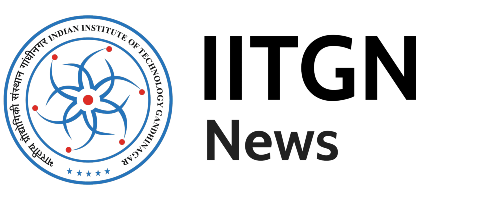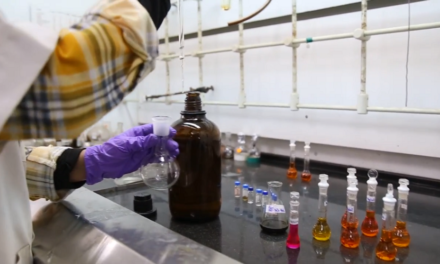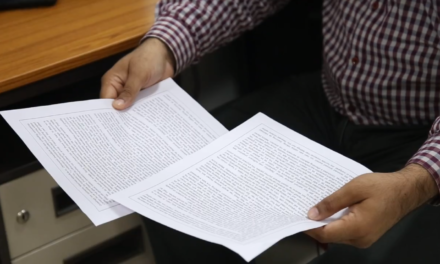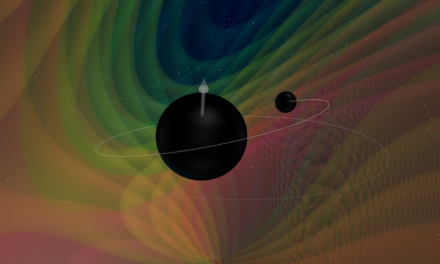All of us face the problem of bad image cropping or resizing frequently, where either the picture details get blurred or its proportions get messed up (elongation or squeezing). Now, if this image needs to be used for an important situation, say in a legal document, it becomes extremely important to preserve its salient content and geometric consistency.
Researchers at IITGN has proposed a method* which prevents deformation of the important features of an image on different screens – an essential problem for 3D visualisation now-a-days. The comparison of this procedure with existing state-of-the-art image-retargeting techniques depicts that it is able to preserve the crucial details of a picture more efficiently. This implies that we would get a blur-free and proportionate image!
Dr Shanmuganathan Raman is a researcher and professor in Electrical Engineering at the institute. He, along with his PhD student Diptiben Patel, has developed a content-aware (related to artificial intelligence) image-retargeting technique which protects the important contextual information of an image and performs much better as compared to the methods which are used by the world in the present times.
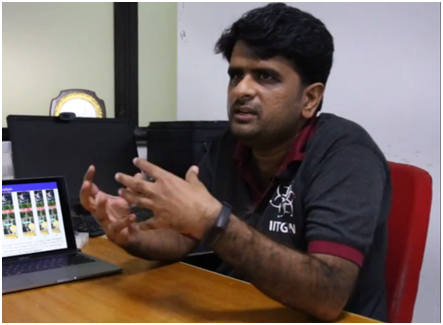
In simple terms, this mechanism is based on preserving only the essential information and throwing away details which are not important. The unimportant content is generally not perceptible to the human eye and discarding it would lead to effective rescaling of the image.
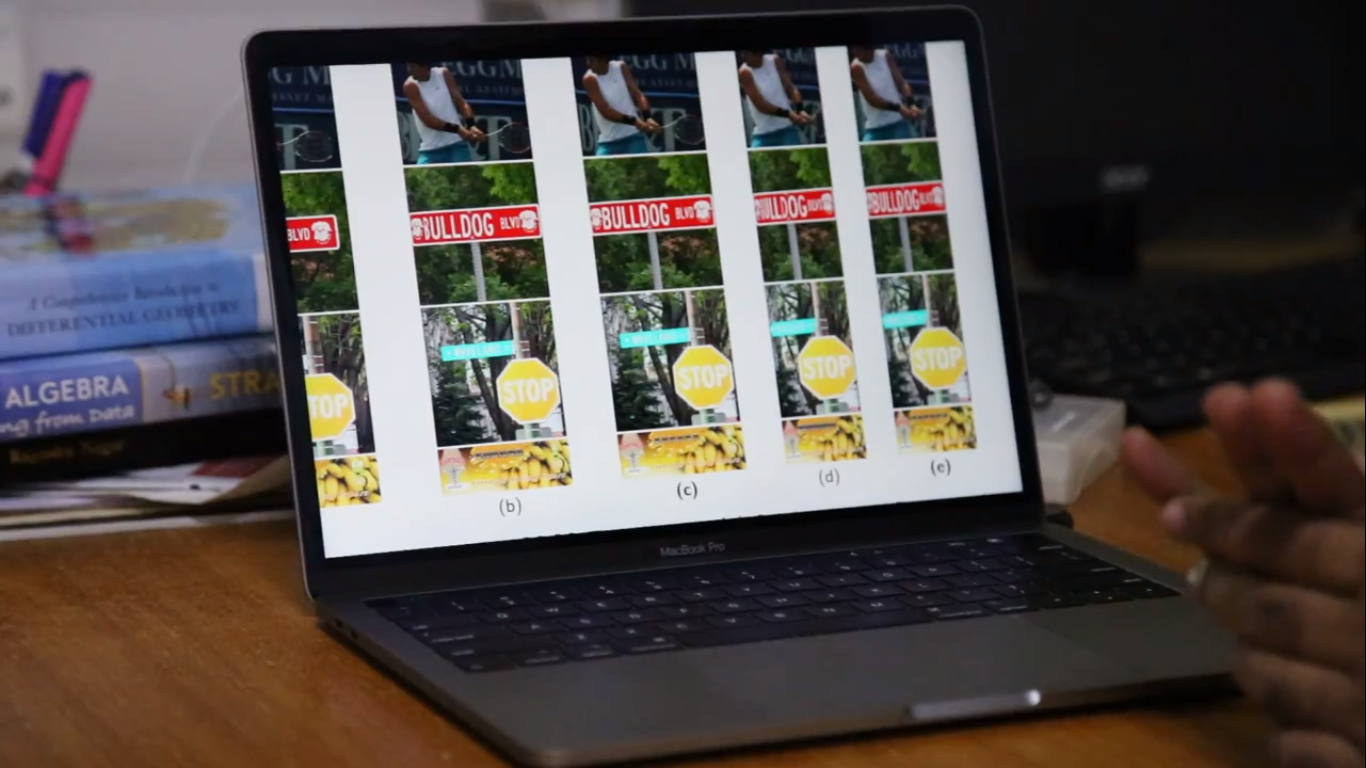
In case of different objects being present in the same image, this method resizes those objects simultaneously while successfully preserving the intrinsic geometry between them — the different depth levels of these objects with respect to one another remain protected, promoting better 3D visualisation.
Explaining further, Professor Raman said, “For example, the Taj Mahal at Agra is an intrinsic symmetry building. The existing methods of image retargeting destroy its picture symmetry in some way or the other (compressing or unnecessary cropping), while adjusting it to fit to different display sizes. But, our method tries to preserve the Taj as much as possible, which is an example of its efficient object-awareness. Another example is that of the presence of texts in an image. The traditional techniques often fail to protect the text and lead to collapsed and squeezed words which are not visible clearly. Our method overcomes this limitation, showing effective text-awareness quality.”
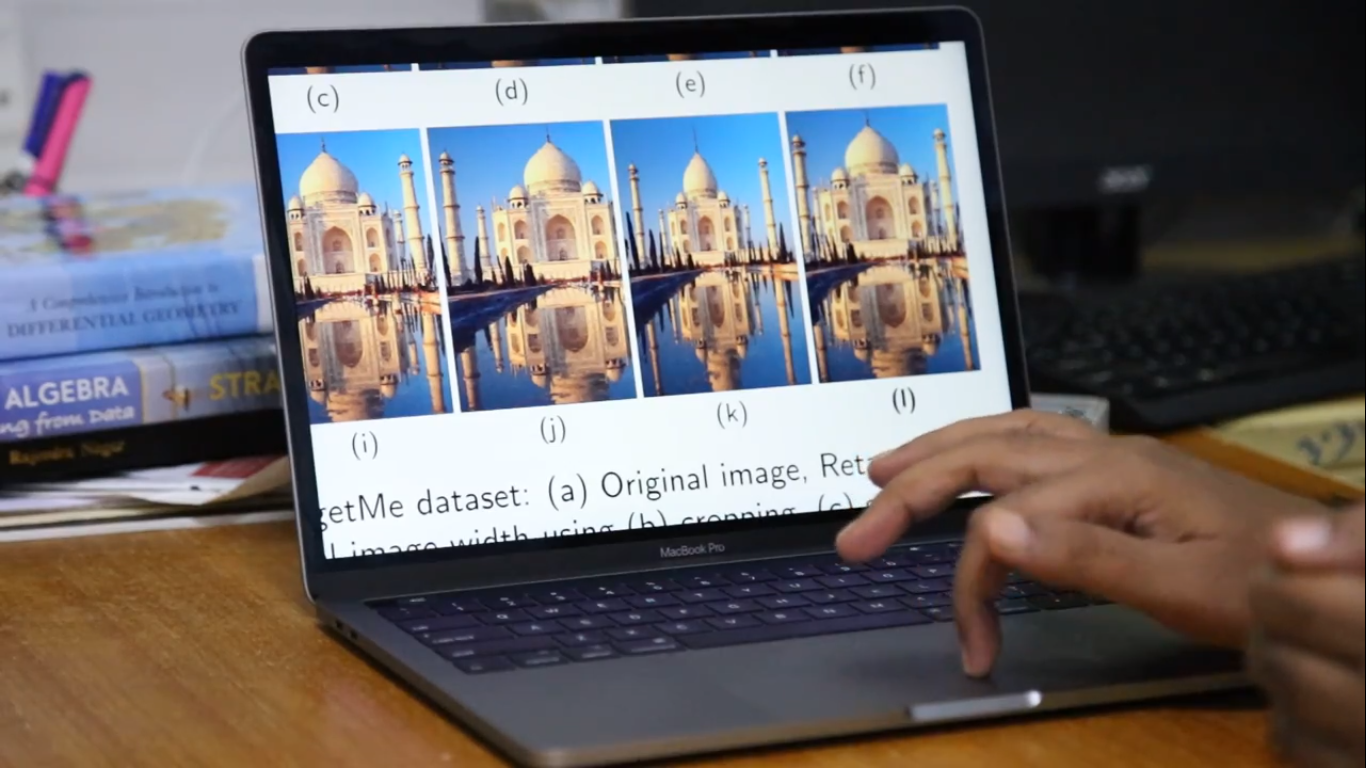
“You don’t take a photograph, you make it.” Ansel Easton Adams, renowned landscape photographer and environmentalist of the 20th century
— — — — — — — — — — — — — — — — — — — — — — — — — —— — — — — — — — — — — — — — — — — — — — — — — — — —— — — — —
* The results of this research have been published in –
a) “Object occlusion guided stereo image retargeting”, Pattern Recognition Letters, DOI: 10.1016/j.patrec.2019.07.018, Jul. 2019.
b) “Reflection symmetry aware image retargeting”, Pattern Recognition Letters, DOI: 10.1016/j.patrec.2019.04.013, Jul. 2019.
** This story has also been published on Medium.
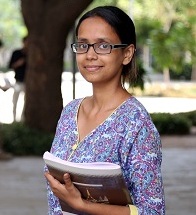
APEKSHA SRIVASTAVA
Senior Project Associate
